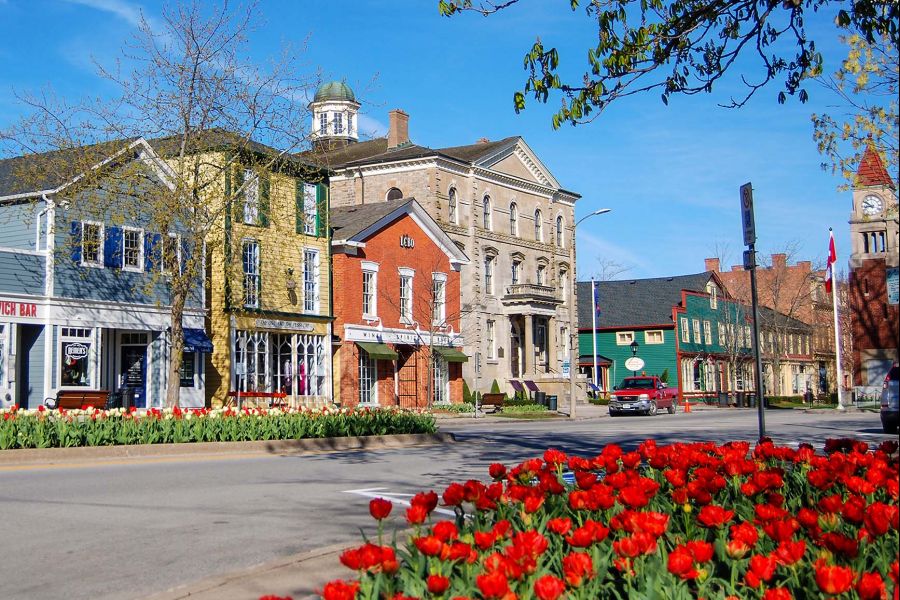A few days ago I was lucky enough to be a participant in a Zoom call with three folks who represent a wealth of personal experience in both historical and current Niagara architecture.
We had been brought together on an undertaking in social entrepreneurship, but our conversation led us to a tangential discussion around the need for proper architectural guidelines.
There was consensus regarding a guideline’s benefits to government, builders, architects and property owners, but we wondered why this type of document was so uncommon in Ontario while very prevalent in the U.S. Might it be feasible to simply adopt one of the very thorough American documents here in NOTL?
Aside from any question of copyright, there are a couple of reasons why this would not be possible.
First, built architecture is a reflection of the prevailing socio-political-economic and political mores of the people who live in a particular community or region. This not only influenced which architectural styles were “acceptable,” but often the design expression of those styles.
As an example, the staid, conservative Georgian of Niagara stands in sharp contrast to the more flamboyant, decorated Georgian of the American colonies. Further, economic conditions often dictated the feasibility of constructing a particular style: the severe impact on Niagara of a late 19th-century recession completely precluded the very expensive construction of any Richardson Romanesque residences.
In short, over time, these regional differences combine to produce unique urban landscapes.
Second, up until the North American-wide developer-fuelled homogenization of the late 1950s, there were distinct differences between the residential architecture of the U.S. and Canada.
While the Americans moved from Georgian to Federal and Early Classical Revival in the late 18th and early 19th centuries, Canadians built austere Georgians, Roman-inspired Neo-classical and Regency homes. Later, the very common Edwardian home built in Canada during the early 20th century is largely absent from the American urban landscape.
In short, architectural guidelines (encompassing heritage) must be specific to the community reflecting the actual built environment and acceptable integrative parameters thereto. However, this statement does not imply a town must fund an undertaking to re-create the wheel. Using Caramel, Calif.’s, guidelines as a template, the Town of Qualicum Beach (B.C.) developed its community-specific vision and development criteria at a fraction of the cost.
It can be done cost effectively. It should be done to safeguard the community’s vision of its town. It must be done in order to create a liveable town that successfully marries our irreplaceable heritage with 21st century requirements.










